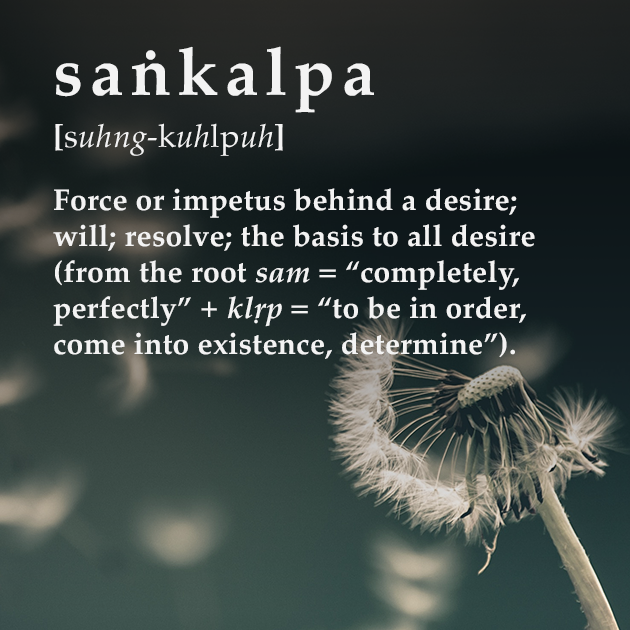The Vedantic 'prakriyas' (methodologies)
- Daniel McKenzie

- Aug 1, 2023
- 3 min read
Updated: Mar 29

Vedanta uses several prakriyās or methods to teach Self-knowledge and help the seeker discriminate (viveka) between the Self and not-Self. Vedantic methodology typically begins by pointing out the known identities, and then shows how they hide the truth creating a false reality. Below are some of the more common prakriyās used in the tradition:
The Three States of Experience (avasthā-traya-viveka-prakriyā)
The three states of experience (waking, dreaming, sleeping) are used to show that the I-sense (ego) isn’t always present, and that the only constant in all three states is the Self—that which remains unmodified by experience.
The Seer and the Seen (dṛg-dṛśya-viveka-prakriyā)
A fundamental method for discriminating between the true subject (the Self) and objects. We most identify with gross objects such as the body and with subtle objects such as thoughts, but we cannot be that which is known by us. The teaching shows that the seer can never be the seen, and that the actual witness can never be objectified.
The Real and the Apparent (satya-mithya-viveka-prakriyā)
A method showing the difference between what’s real (always present; never changing) and what’s apparently real (not always present; changing). In the end, the seeker is shown that only pure awareness can be shown to be real, while the entire world is only apparently real and has the qualities of a dream due to its constant change and lack of substantiality.
The Cause and the Effect (kāraṇa-kārya-viveka-prakriyā)
This method shows that the cause is non-separate from the effect. All objects (the effect), come out of and fall back into consciousness (the cause). While all objects are dependent on consciousness, consciousness is not dependent on objects. In the end, all objects owe their existence to pure consciousness.
The Five Sheaths (pañca-kośa-viveka-prakriyā)
A well-known method for negating the attributes which define the individual and apparently hide one’s true nature. The five sheaths are systematically negated starting from the gross body sheath and continuing through to the subtle bliss sheath. Once all five sheaths are negated, the seeker is shown their true identity as the Self.
The Three Bodies (śarīra-traya-viveka-prakriyā)
Using a similar approach as the previous method, the seeker is shown the illusory quality of personhood through analysis of the gross body (physical body), subtle body (mind-intellect-ego) and causal body (subconscious).
The Five Subtle Elements (tanmātra-viveka-prakriyā)
This method proposes how Creation and objects evolve from pure consciousness and resolve back into consciousness at the end of its cycle, only later to manifest again.
The Location of Objects
In this method, the teacher refutes the common belief that objects exist “out there” by showing that all objects actually exist as thoughts in consciousness constructed from sense data. And if objects are really just a thought in consciousness, the question is how far are objects from me?
The Three Orders of Reality (paramārthika-vyāvahārika-pratibhāsika-viveka-prakriyā)
The discrimination between absolute reality (pure consciousness; the Self), God’s Creation, and the individual’s “Creation” based on their conditioning, like and dislikes, values, etc.
Substrate and Name-Form (adhiṣthā-nāma-rūpa-viveka-prakriyā)
Often used with this method is the analogy of the clay and the pot, showing that clay is the substrate and “pot” is only name-form. One is real, while the other is apparently real.
Superimposition and negation (adhyāropa-apavāda-viveka-prakriyā)
This method uses the well-known analogy of the snake and the rope to show how the mind superimposes attributes which can only be negated through right knowledge. For example, what is thought to be a snake in dim light, is known to be a rope in bright light.
The Reflected Consciousness (chidābhāsa-prakriyā)
This methodology elucidates how pure consciousness (chit) appears as the individual self (jīva) through reflection in the mind (buddhi). Similar to how a mirror reflects sunlight, the intellect reflects original consciousness, giving rise to chidābhāsa, "the semblance of consciousness." This reflected consciousness enables cognition and the sense of individuality, yet is ultimately recognized as an illusion upon the realization of one’s true nature as pure awareness.




Comments